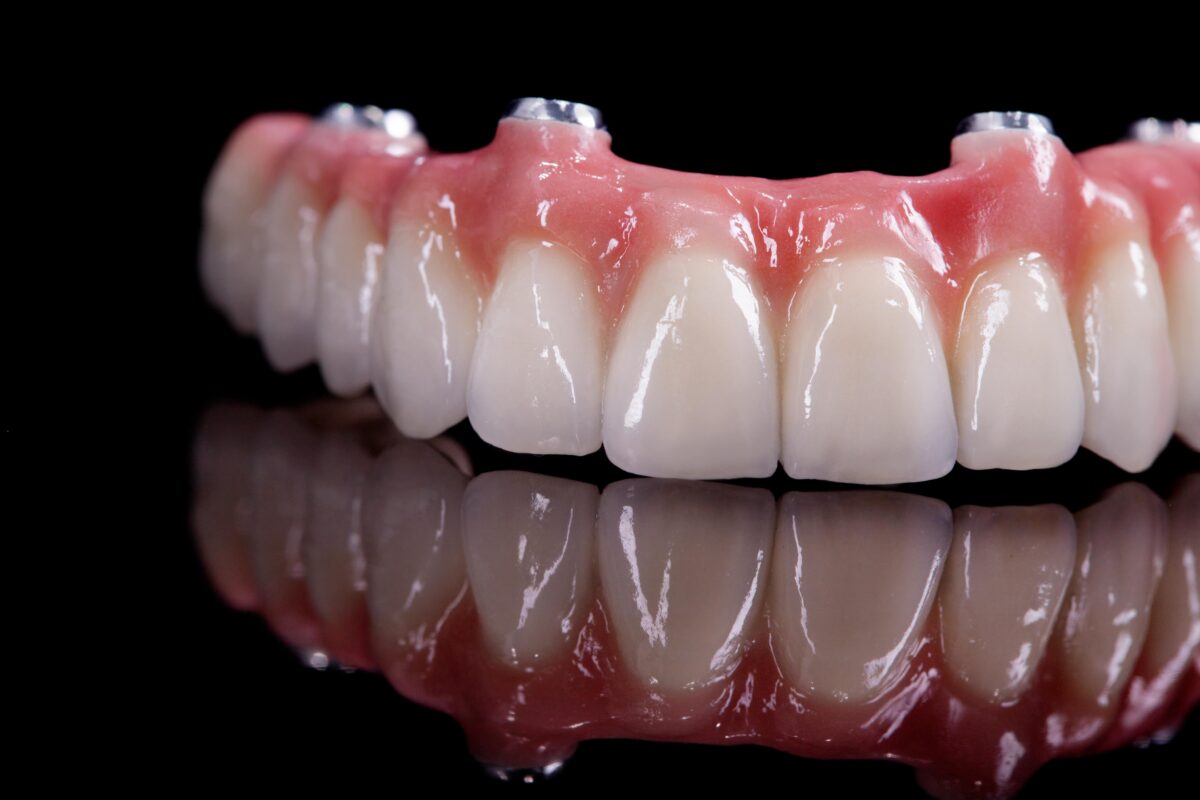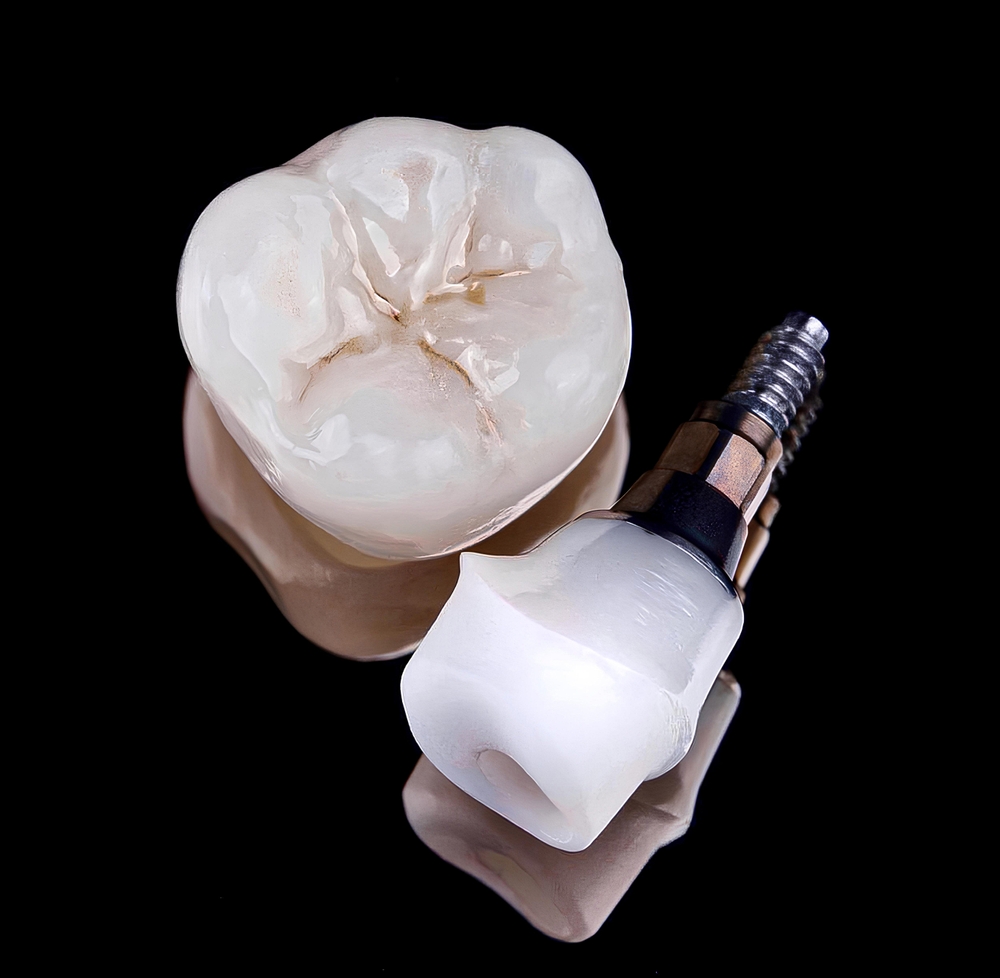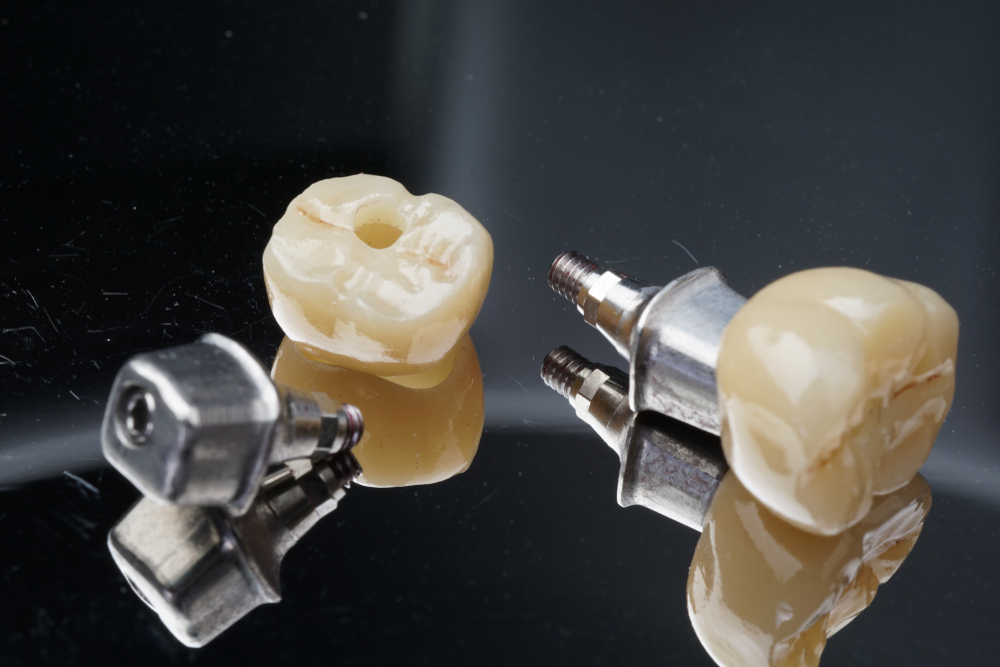Maxillofacial prosthetics is a specialized branch of dentistry that focuses on rehabilitating patients who have congenital or acquired defects in the head and neck region. These defects can be a result of trauma, surgery, disease, or birth anomalies. The goal of maxillofacial prosthetics is not just to restore the physical appearance of the patient but also to improve their function and overall quality of life. And at the heart of this transformative process are dental labs.
Maxillofacial Prosthetics in Dentistry
In the realm of dentistry, maxillofacial prosthetics is a subspecialty that focuses on the rehabilitation of patients with defects or disabilities in the maxillofacial (jaw and face) region. These defects can be congenital, acquired due to surgery, trauma, or disease. The prosthetics are designed to restore function, aesthetics, and improve the patient’s quality of life. Here are some of the different types of maxillofacial prosthetics specifically related to dentistry:

- Obturators: An obturator is a prosthesis used to close defects or openings in the maxilla (upper jaw). They are commonly used for patients who have had parts of their maxilla removed due to cancer surgery or other conditions.
- Mandibular Resection Prostheses: These are designed for patients who have had a portion of their mandible (lower jaw) removed. They help in restoring function and appearance.
- Palatal Lift Prosthesis: This is used for patients with velopharyngeal insufficiency, where there’s an inability to close the connection between the nasal and oral cavities during speech and swallowing. The prosthesis helps lift the soft palate to improve these functions.
- Speech Bulbs or Speech-Aid Prosthesis: Similar to the palatal lift, this prosthesis aids in closing the gap between the back of the mouth and the throat, facilitating better speech for patients with cleft palates or other similar conditions.
- Dental Implants: While they are a broader category in dentistry, dental implants play a crucial role in maxillofacial prosthetics. They provide a foundation for fixed or removable prosthetic teeth and can also be used to anchor facial prosthetics.
- Maxillofacial Shields: These are protective devices used to cover and protect surgical or trauma sites, allowing for healing while also providing some aesthetic cover.
- Tissue Conditioners: These are soft materials used to prepare oral tissues to receive a dental or maxillofacial prosthesis, especially after surgery or trauma.
- Radiation Stents: These are devices used to position and hold tissues in place during radiation therapy, ensuring accurate and consistent radiation delivery.
- Nasal Prosthesis: In cases where a portion or the entire nose is removed due to surgical procedures, a nasal prosthesis can be anchored to dental implants to provide aesthetic and functional rehabilitation.
The field of maxillofacial prosthetics in dentistry is vast and requires a multidisciplinary approach. Collaboration between prosthodontists, oral surgeons, dental technicians, and other healthcare professionals is essential to ensure the best outcomes for patients. The ultimate goal is to restore the patient’s dental function, appearance, and overall well-being.
The Role of Dental Labs
Crafting Custom Prosthetics
Dental labs play a crucial role in designing and fabricating custom-made prosthetics that fit the unique needs of each patient. These prosthetics can range from facial prostheses, such as ears, noses, and eyes, to intraoral prostheses like obturators or speech-aid prosthesis. The precision and customization required for these prosthetics demand a high level of expertise and craftsmanship.
Collaboration with the Clinical Team
The success of a maxillofacial prosthesis largely depends on the seamless collaboration between the dental lab technicians and the clinical team. Prosthodontists, surgeons, and other healthcare professionals rely on dental labs to provide them with accurate molds, models, and prosthetics. This collaborative approach ensures that the final prosthesis is not only aesthetically pleasing but also functional.
Embracing Technological Advancements
With the advent of digital technology, dental labs have evolved significantly. Digital imaging, 3D printing, and computer-aided design (CAD) and computer-aided manufacturing (CAM) have revolutionized the way prosthetics are designed and fabricated. Dental labs are at the forefront of adopting these technologies, ensuring that patients receive the best possible care.
Ongoing Research and Development
Dental labs are also involved in research and development to find better materials and techniques for maxillofacial prosthetics. This continuous quest for improvement ensures that the prosthetics are more durable, comfortable, and lifelike.
Patient Education and Aftercare
Beyond the fabrication of prosthetics, dental labs also play a role in patient education. They provide guidance on the care and maintenance of the prosthetics, ensuring longevity and durability. This aftercare support is crucial for patients to adapt to their new prosthetics and integrate them into their daily lives.
In Conclusion
Maxillofacial prosthetics is a life-changing field that has the power to transform lives, and dental labs are the unsung heroes in this journey. Their expertise, dedication, and collaboration with the clinical team ensure that patients not only look their best but also feel their best. As technology and research continue to advance, the role of dental labs in maxillofacial prosthetics will only become more pivotal, making a significant difference in the lives of countless individuals.




